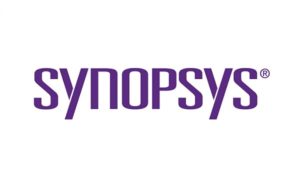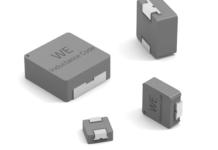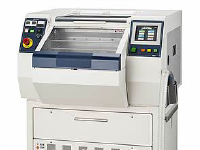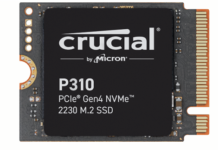
Highlights:
- Support for configuring and running multiple optical simulations improves the efficiency of analyses for a range of automotive lighting functions, from high and low beams to signal lighting
- A ray history sensor feature added to the Luminance Camera Sensor reduces design iterations needed to meet lit appearance and regulatory requirements
- The Light Guide Design Module offers expanded capabilities for constructing and optimizing automotive light guides and their extraction features
- Extended platform support includes CATIA V5 R24 and R25
Synopsys, Inc. announced the latest release of its LucidShape CAA V5 Based software product, which allows designers to perform optical simulations and analyses of automotive lighting products within the CATIA V5 environment. LucidShape CAA V5 Based version 2017.09, now available, gives designers the flexibility to simulate multiple lighting functions and optical design variations in the same part or product. This can substantially speed optical analyses and the exploration of design solutions. Other enhancements support efficient troubleshooting of signal lighting optical systems and expand the tool set for constructing and optimizing automotive light guides.
Leverage Powerful LucidShape Optical Simulations in CATIA V5
LucidShape CAA V5 Based supports fast, accurate simulations of automotive lighting part-level models and product-level assemblies, providing the most comprehensive CATIA-based optical simulations available. The simulation functionality has been enhanced to support the definition of multiple simulation configurations, allowing designers to specify which sources, actors and sensors participate in each simulation. This makes it easy to analyze different lighting functions, such as low and high beams and signal lighting functions, without having to manually reconfigure the model between simulations.
In addition, the new release includes the ability to run all active simulations that are defined in a model. This enables designers to schedule multiple simulations to run one after the other, without the need for intermediate input, resulting in substantial time savings.
Perform Rapid, High-Accuracy Luminance Calculations
The Luminance Camera Sensor feature performs rapid, high-accuracy luminance calculations and generates luminance images at multiple viewing directions for analyzing lit images of light guides, tail lights, reverse lights, stop lights, turn signal lights and retro-reflectors. The Luminance Camera Sensor now includes a ray history sensor feature to restore ray paths that correspond to a specified region on a luminance camera image. The ray history sensor feature supports efficient troubleshooting of signal lighting optical systems by correlating regions in the luminance image with specific ray paths and optical surfaces. This significantly reduces the number of design iterations needed to achieve lit appearance requirements and regulatory compliance.
Expanded Light Guide Construction and Optimization
The Light Guide Designer, previously released as a beta feature, has been expanded and renamed the Light Guide Design Module. The module helps automate the construction, analysis and optimization of automotive light guides and their extraction features to improve light output. The following capabilities have been added:
- New shape types that provide more versatile styling opportunities: circle with flat, partial ellipse, square, rectangle, keyhole and user profile
- Support for scaling and rotated profiles
- Option for specifying prisms as oriented inward or outward
- Enhanced exit surface construction
- Dual optimization mode and optimization support for tapered light guides
- Die pull direction support
Extended Platform Support
LucidShape CAA V5 Based supports CATIA V5 R24 and R25. R25 support is new in this release.
“Automotive illumination systems are important product differentiators, and the LucidShape CAA V5 Based tool offers CATIA users access to powerful LucidShape features to simulate and deliver superior lighting optics,” said George Bayz, vice president of Synopsys’ Optical Solutions Group. “The new capabilities in version 2017.09 give designers greater freedom to develop innovative light guide design concepts and stylings, as well as expanded control over optical analyses to quickly pinpoint and validate design performance changes.”
To learn more about LucidShape CAA V5 Based, visit https://www.synopsys.com/optical-solutions/lucidshape/caa-v5-based.html.


















